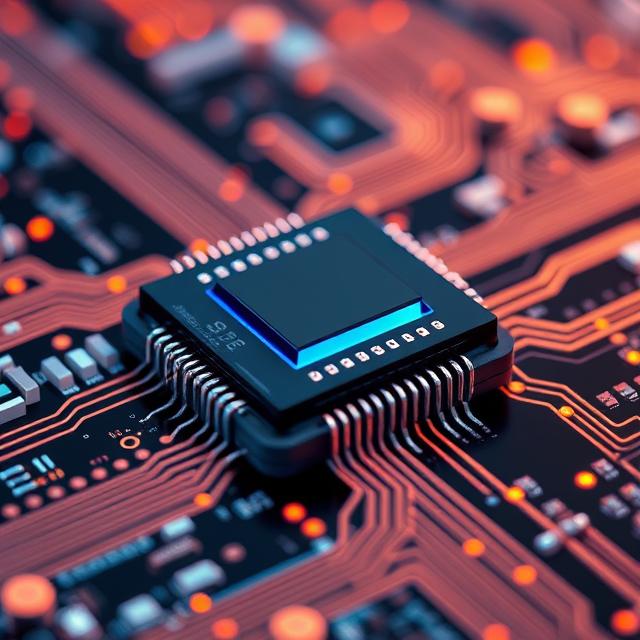The demand for smaller, quicker, and more efficient computer systems continues to grow in this era of digitization. With traditional silicon-based technologies having approached their physical limits, researchers and engineers are turning to spintronics nanotechnology as an innovative option. This new technology uses the quantum nature of electron spin, along with charge, to store information as well as perform calculations. Its application is particularly revolutionary in the production of memory chips in computer systems, with the promise of radical improvements in speed, power efficiency, and scalability.
Spintronics, also referred to as spin transport electronics, presents a new frontier to computing that has the potential to change the way devices are operated and data is stored. It is a major shift from traditional electronics, which are based on the charge of electrons alone. The combination of spin-based logic and memory promises to bring about breakthroughs in high-density data storage, quick memory access, and low energy consumption.
How Spintronics Nanotechnology Functions
The basis of spintronics nanotechnology is the ability of electron spin to be manipulated and controlled, an intrinsic form of angular momentum that electrons possess. Spintronic devices contrast with traditional devices, which employ only the presence or absence of electric charge. Spintronic devices use both the spin orientation (up and down) and the charge to encode binary information.
The manipulation of spin states in nanostructured materials allows the storage and retrieval of data with higher speed and stability. Because spin states are less volatile than electric charge, spintronic memory is able to store data without constant power, ideally for use in non-volatile memory.
This technology also miniaturizes the component even further, one of the central advantages as business advances toward progressively smaller and more efficient computer systems. The Nano size of spintronic materials allows them to be included in future memory chips in computer designs.
Revolutionizing Computer Memory Chips
One of the most promising applications of spintronics within nature nanotechnology is in Magnetic Random Access Memory (MRAM), which is a type of non-volatile memory that utilizes magnetic states instead of electric charge to save data. MRAM possesses greater write and read speeds, greater endurance, and better data retention compared to regular DRAM or flash memory.
Because MRAM has the ability to retain data even when there is no power supply, it increases the total energy efficiency of computers and also reduces the requirement of constant power supply. This comes in handy with handheld devices, embedded systems, and large data centers with high energy costs.
Additionally, spintronics memory chips in computer hardware are capable of backing instant-on devices that will not be interrupted during boot-up and can maintain the state of the last operation without restarting. This feature is more crucial in industries with reliant and non-interruptible computing operations, e.g., aerospace, automotive, and telecommunication.

The Impact of Spintronics Nanotechnology on Computer Memory Chips
Advantages Over Traditional Technologies
The biggest advantage of spintronics nanotechnology is that it possesses the capability to overcome the limitations of Moore’s Law, according to which transistors double every two years on a chip. With physical scaling becoming increasingly difficult for silicon-based technologies, spintronics provides a way to continue innovating.
Compared to traditional semiconductor memory, spintronic memory does not suffer from electron leakage, thus becoming more reliable over time. Spintronic devices also consume less heat, enhancing overall heat efficiency of electronic components and allowing for high levels of performance.
Spintronic memory chips in computer systems are also very radiation-tolerant and are ideal for use in space and in the military where standard electronics may be unreliable due to environmental hazards.
Future Prospects and International Investment
Governments and major worldwide technology firms are all putting huge resources into spintronics nanotechnology research. From Intel and Samsung to research universities, all of them are now realizing that spintronics can be the foundation of the next generation of computing.
Several prototype chips have previously demonstrated the viability of integrating spintronic elements with regular computer hardware. With continued research, we can expect to use computer devices with memory chips that are faster, more secure, and more environmentally friendly than current technology.
Spintronics nanotechnology is transforming memory chips in computer systems, delivering faster speeds, energy efficiency, and next-gen data storage capabilities.
How Real-Time Deepfake Detection Solutions Secure Video Projects



